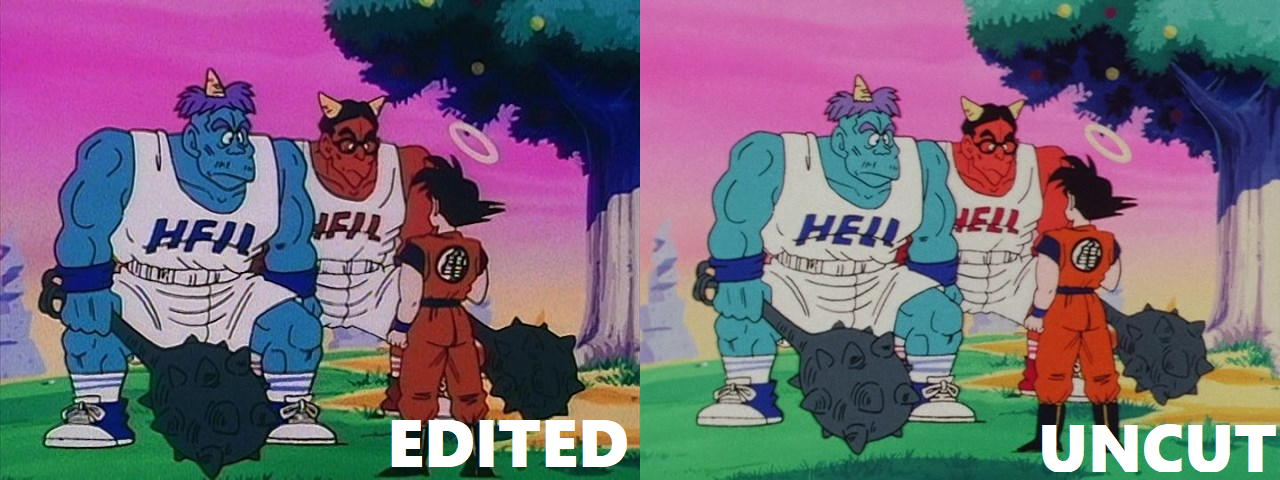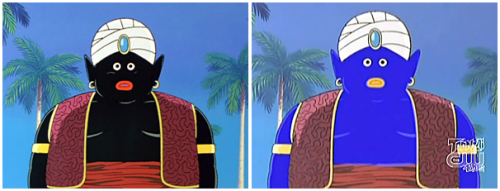Advertising is important. How else is one supposed to get their product noticed? You could say that every product advertised is guaranteed at least some sales based on the advertisement alone, if the ad is good enough. Some ads aim to be funny while others try to expose truths. Depending on what the company is trying to accomplish, the resulting ad can be very interesting. Advertisements can use both original material and “cameos” from other franchises.
 |
| That smile! |Source| |
The gecko from GEICO
is perhaps one of the best known ad campaigns in North America. The gecko ads
are both interesting and humorous. There’s just something appealing about a CGI
gecko talking with a smooth voice about why you should switch to GEICO. The gecko is GEICO’s mascot and is not originally a pop culture icon, but he has
become one over the years. According to GEICO, the gecko ad campaign has certainly helped them in the long run. To this day, the gecko ads for GEICO
still air on TV with new material and most certainly more ad revenue.
 |
| Don't hate me because I'm beautiful. |Source| |
One of GEICO’s
less successful campaigns was the caveman ad campaign. The premise is that
there would be an ad pitch within the ad itself where someone would say “GEICO, so easy, a caveman could do it!”
which ended up offending the caveman community. The commercial would continue
with a caveman becoming upset and usually throwing a tantrum. The caveman ads
were well received at the time, and even warranted a TV series. However, the show didn’t catch on and was cancelled. After the show’s
cancellation, GEICO retired the caveman ad campaign.
One of my favorite ad campaigns was a short lived attempt
from Burger King. The “king” was shown in various commercials, usually stalking
unassuming people and giving them food. Most would call it creepy, and it is,
but I personally love the “king” brand. The tagline, “Wake up with the king”,
is funny to me. Maybe I’m just a weirdo. The “king” became popular enough to
warrant three Xbox 360 games being developed and sold for a limited time.
While not as popular as a certain clown, the “king” certainly has his fan base.
 |
| Yes, this is Ronald? |Source| |
Of course, not all ads have to use original characters. Here, we see Goku and some of the other characters from DragonBall Z appearing in a Japanese ad for KFC. DragonBall Z is extremely popular in Japan, and KFC was smart to collaborate with the series and make an ad. The ad is promoting the new Battle of Gods film that premiered in Japan last year. Using pop culture icons is much easier for ad creators to use than making their own and hoping that they become popular.
Regardless of what kind of icon and brand is used, advertisements
are a powerful asset to companies and content creators. With ads, people become
aware of what kinds of products companies are making for their customers. It’s
interesting to see what companies will come up with when making their ads. It’s
creativity at it’s finest!


